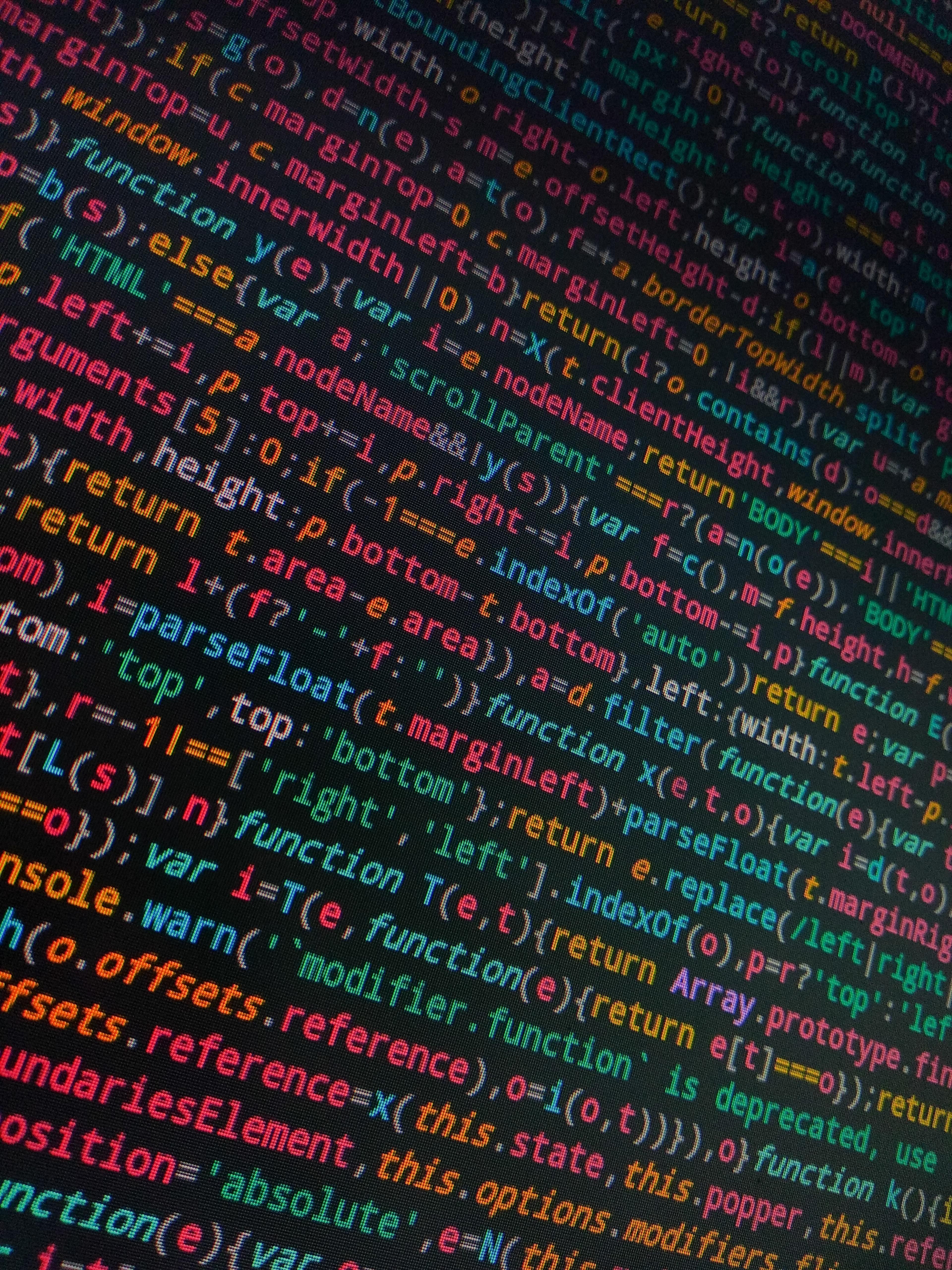When used correctly, the position property can be extremely helpful in creating sophisticated and stylish web designs. In this article, we'll take a look at how to use the position property to its fullest potential. We'll also discuss some of the common pitfalls associated with using this property, and how to avoid them.
What is the CSS position property and what can it do for web design?
One of the most important aspects of effective web design is using the CSS position property to control the positioning of elements on a page. With this property, you can set an element's position relative to its containing element or specify a fixed position for the element. The position property is one of the most versatile and powerful CSS properties, so it's worth taking the time to learn how to use it effectively!
The different values that CSS position can take
body {
position: static
}
.main {
position: relative;
}
.logo {
position: absolute;
}
.header {
position: fixed;
}
.content {
position: sticky;
}
There are five different values that the CSS position property can take: static, relative, absolute, fixed, and sticky. Each one has its own unique uses and benefits.
1) The static value is the default setting for the position property. With this value, an element will be positioned according to the normal flow of the document.
2) The relative value lets you position an element relative to its current location.
3) The absolute value lets you position an element in a specific location on the page, regardless of its normal flow.
4) The fixed value keeps an element in a fixed location on the page, even when the user scrolls down.
5) The Sticky value sticks in place based on the user's scroll position.
Each of these values has its own advantages and disadvantages, so it's important to understand how to use them correctly for your specific design needs. For example, the static value is good for general layout purposes, while the absolute value can be useful for creating more complex designs.
Examples of how to use the position property effectively in web design
There are many different ways to use the position property effectively in web design. Here are a some examples:
1) Use the relative value to create nested elements. This will let you control the positioning of each element relative to its surrounding elements.
2) Use the absolute value to create overlapping elements.
3) Use the sticky value to create fixed headers and footers that stay in place while the user scrolls.
4) Use the fixed value to create pages that scroll independently of the rest of the document.
Common pitfalls associated with using the position property
Common problems with the position property
There are a few common pitfalls associated with using the position property.
First, it's important to understand that the position property only affects elements that have a specific value set for their position. This means that if you forget to set a value for the position property, your elements will not be affected by it.
Second, the position property can interact with other CSS properties in unexpected ways. For example, setting the position of an element to fixed can cause its margins to collapse.
Finally, the position property can be tricky to understand and use correctly. If you're not careful, you may end up with elements that are positioned in unexpected ways.
Conclusion
When used correctly, the CSS position property can be an extremely powerful tool for web design. However, it's important to understand the different values that it can take, and how to use them correctly. With a little practice, you'll be able to use the position property to create sophisticated and stylish
